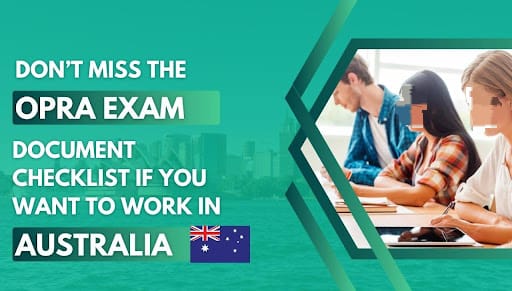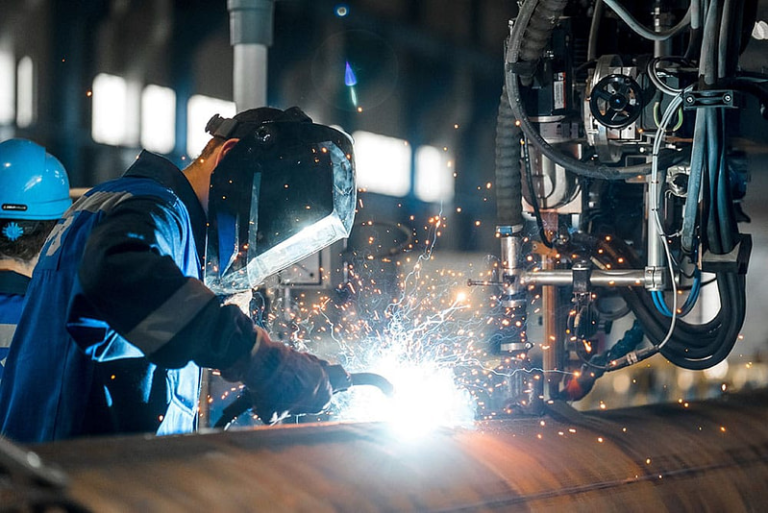Breaking Free: A Comprehensive Guide to Porn Addiction Recovery
Porn addiction is a topic that many people struggle to discuss but is increasingly recognized as a significant challenge impacting mental health, relationships, and personal well-being. With the rise of easily accessible online content, excessive consumption of pornography has become a prevalent issue for people across the globe. If this is something you or a loved one is facing, know that recovery is achievable, and support is available.
This guide will help you understand what porn addiction is, how it affects individuals, and how to start a recovery program. We’ll also explore the value of online support communities as part of your healing process.
What is Porn Addiction?
Porn addiction refers to compulsive usage of pornography to a point where it interferes with daily life, relationships, or personal goals. While not yet formally classified as a disorder in the Diagnostic and Statistical Manual of Mental Disorders (DSM-5), many health professionals recognize it as a behavioral addiction. People dealing with this issue often struggle with feelings of shame, guilt, and isolation, making it hard to seek help.
Common Signs of Porn Addiction:
- Spending excessive time consuming pornography, often at the expense of personal or professional obligations.
- Finding it difficult to control or reduce consumption despite wanting to.
- Experiencing negative consequences in relationships, emotional health, or career due to excessive use.
- Needing more extreme content over time to feel the same effect (tolerance development).
Acknowledging these symptoms is often the first step in the recovery process.
The Impact of Porn Addiction on Life
Like any addiction, the effects of porn addiction can ripple through every aspect of a person’s life. These impacts can manifest socially, emotionally, and even physically.
1. Mental Health Problems
Excessive consumption of pornography has been linked to increased anxiety, depression, and feelings of inadequacy. Many people report experiencing withdrawal-like symptoms when attempting to stop.
2. Relationship Strain
Porn addiction can lead to a breakdown in trust and intimacy in relationships. Partners often feel neglected, and some may feel they need to compete with unrealistic expectations created through pornography.
3. Professional and Academic Challenges
Addiction can occupy significant mental bandwidth, resulting in reduced focus, productivity, and performance in work or academic settings.
4. Physical Effects
Some individuals report issues such as difficulty maintaining arousal during real-life intimacy, a phenomenon referred to as pornography-induced erectile dysfunction (PIED). Although this specific condition isn’t universally experienced, it highlights the ways addiction can take a physical toll.
Understanding Recovery
Recovery from porn addiction isn’t simply about eliminating access to pornography. It’s about rewiring the brain, addressing underlying emotional triggers, and building a stronger, healthier mindset.
Why Recovery is Challenging
Porn addiction creates neural pathways that strengthen over time. This means the brain becomes conditioned to gravitate toward pornography to cope with stress, boredom, or other emotions. Breaking these habits requires effort, discipline, and support.
The good news? Recovery is absolutely possible, and numerous tools can help pave the way.
6 Steps to Overcome Porn Addiction
Breaking free from porn addiction involves both personal commitment and external support. Here are six actionable steps to help with recovery:
1. Acknowledge the Problem
The first and most critical step is recognizing that porn consumption has become a problem in your life. Be realistic and compassionate with yourself as you take this step towards change.
2. Identify Triggers
Become mindful of the situations, emotions, or circumstances that typically drive you to consume pornography. Common triggers include stress, boredom, loneliness, or access to unfiltered internet. Once identified, you can take proactive steps to avoid or manage these triggers.
3. Set Achievable Goals
Establish specific, measurable, attainable, relevant, and time-bound (SMART) goals for reducing or stopping your consumption. For example:
- Goal 1: Block access to pornography by installing software like Covenant Eyes.
- Goal 2: Replace evening habits with an activity like journaling or working out.
4. Seek Professional Guidance
Therapists specializing in behavioral addiction can provide invaluable tools and techniques for navigating your recovery. Cognitive Behavioral Therapy (CBT) has been shown to be highly effective in helping individuals reframe their thoughts and reactions to triggers.
5. Leverage Online Support Communities
Connection is at the core of healing. Joining a trusted online recovery platform can help you feel less isolated. Communities such as Reboot Nation, NoFap, and Fortify offer a space for people facing similar challenges to share experiences, advice, and encouragement.
Why Online Support Works:
- Immediate access to others who “get it.”
- Tools like accountability partners can help you stay focused.
- Many communities offer articles, resources, and expert contributions tailored to porn addiction recovery.
6. Replace the Habit
Eliminating pornography is only the first part of the transformation. Filling that gap with healthier habits is just as important. Consider taking up mindfulness exercises, learning a new skill, or dedicating time to physical fitness.
The Role of Technology in Recovery
While pornography often comes hand-in-hand with technology, it’s also true that tech solutions can aid in the recovery process.
1. Content Filtering Tools
Apps like Freedom, Cold Turkey, and Net Nanny block adult content, reducing temptations.
2. Habit-Tracking Apps
Tracker apps help you monitor progress and keep you motivated as you hit milestones.
3. Therapy-Based Platforms
Platforms like BetterHelp and Talkspace allow you to connect with licensed therapists virtually.
Harnessing technology bridges the gap between isolation and supportive resources.
Living a Porn-Free Life
Recovery doesn’t mean you’ll never feel the pull of old habits again, but it does mean building resilience to redirect those impulses. A porn-free life not only brings greater self-awareness but also opens the door to healthier relationships, improved confidence, and full enjoyment of real-world experiences.
Remember, small, consistent steps lead to long-lasting change. Allow yourself patience and grace as you progress.
Take the First Step Toward Recovery
Healing is possible, and you don’t have to face this road alone. There is no shame in seeking support, whether through professional Porn Addiction Recovery Program guidance or online communities.
If you’re ready to take the first step toward living a healthier, more connected life, explore trusted programs, resources, and tools designed for people like you. Remember, recovery begins not with perfection but with the commitment to try.








